Topological Path Planning in GPS Trajectory Data
Abstract
:1. Introduction
2. Related Works
3. Homotopy and Homology Theory
3.1. Homotopy Equivalence
3.2. Homology Equivalence
4. Computing Homotopy Inequivalent Paths
4.1. Filtration
4.2. Computing Paths
4.3. Computational Complexity
5. Results
5.1. Simulated Spaces
5.2. Real Spaces
6. Conclusions
Acknowledgments
Conflicts of Interest
Appendix A
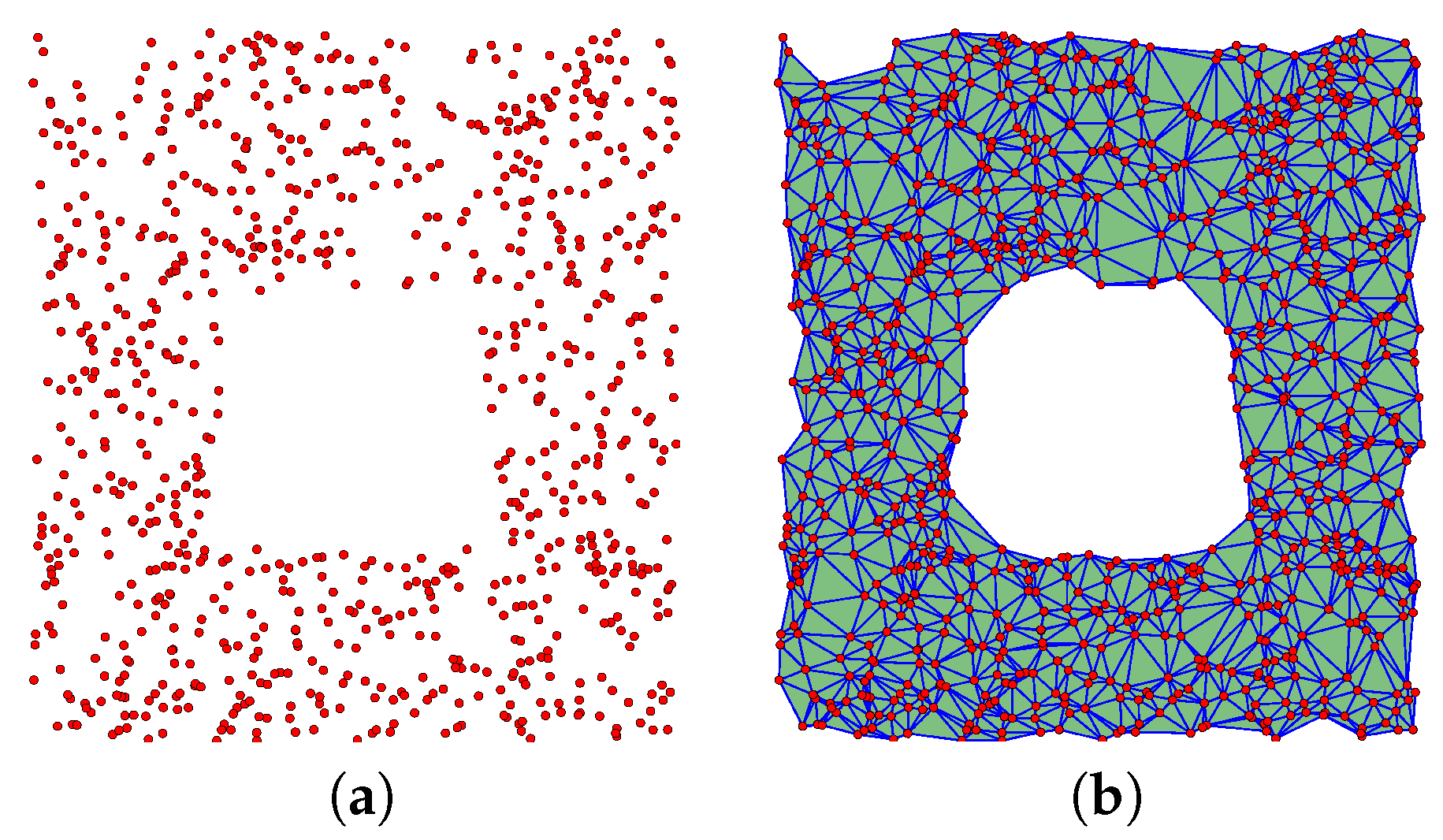
References
- LaValle, S.M. Planning Algorithms; Cambridge University Press: Cambridge, UK, 2006. [Google Scholar]
- Bhattacharya, S.; Lipsky, D.; Ghrist, R.; Kumar, V. Invariants for homology classes with application to optimal search and planning problem in robotics. Ann. Math. Artif. Intell. 2013, 67, 251–281. [Google Scholar] [CrossRef]
- Pokorny, F.T.; Kragic, D. Data-Driven Topological Motion Planning with Persistent Cohomology. In Proceedings of the Robotics: Science and Systems Conference, Rome, Italy, 13–17 July 2015.
- Edelsbrunner, H.; Harer, J. Computational Topology: An Introduction; American Mathematical Society: Providence, RI, USA, 2010. [Google Scholar]
- Corcoran, P.; Mooney, P.; Bertolotto, M. Interactive cartographic route descriptions. GeoInformatica 2014, 18, 1–26. [Google Scholar] [CrossRef]
- Corcoran, P.; Mooney, P.; Bertolotto, M. Spatial relations using high level concepts. ISPRS Int. J. Geo-Inf. 2012, 1, 333–350. [Google Scholar] [CrossRef]
- Acar, E.U.; Choset, H. Sensor-based coverage of unknown environments: Incremental construction of morse decompositions. Int. J. Robot. Res. 2002, 21, 345–366. [Google Scholar] [CrossRef]
- Bhattacharya, S.; Likhachev, M.; Kumar, V. Identification and representation of homotopy classes of trajectories for search-based path planning in 3D. In Proceedings of the Robotics: Science and Systems, Los Angeles, CA, USA, 27–30 June 2011.
- Corcoran, P.; Steiner, T.J.; Bertolotto, M.; Leonard, J.J. Appearance-based SLAM in a Network Space. In Proceedings of the IEEE International Conference on Robotics and Automation, Seattle, WA, USA, 26–30 May 2015; pp. 5791–5798.
- Choset, H.; Burdick, J. Sensor-based exploration: The hierarchical generalized Voronoi graph. Int. J. Robot. Res. 2000, 19, 96–125. [Google Scholar] [CrossRef]
- De Berg, M.; Van Kreveld, M.; Overmars, M.; Schwarzkopf, O.C. Computational Geometry; Springer: Berlin, Germany, 2000. [Google Scholar]
- Liu, M.; Colas, F.; Siegwart, R. Regional topological segmentation based on mutual information graphs. In Proceedings of the IEEE International Conference on Robotics and Automation, Shanghai, China, 9–13 May 2011; pp. 3269–3274.
- Ghrist, R. Elementary Applied Topology; CreateSpace Independent Publishing Platform: North Charleston, SC, USA, 2014. [Google Scholar]
- Lee, J. Introduction to Topological Manifolds; Springer: New York, NY, USA, 2010; Volume 940. [Google Scholar]
- Bhattacharya, S.; Likhachev, M.; Kumar, V. Topological constraints in search-based robot path planning. Auton. Robot. 2012, 33, 273–290. [Google Scholar] [CrossRef]
- Pokorny, F.T.; Hawasly, M.; Ramamoorthy, S. Multiscale Topological Trajectory Classification with Persistent Homology. In Proceedings of the Robotics: science and systems, Rome, Italy, 13–15 July 2014.
- Zomorodian, A. Computational topology. In Algorithms and Theory of Computation Handbook; Chapman & Hall/CRC: Boca Raton, FL, USA, 2010. [Google Scholar]
- Hatcher, A. Algebraic Topology; Cambridge University Press: Cambridge, UK, 2002. [Google Scholar]
- Chen, C.; Kerber, M. Persistent homology computation with a twist. In Proceedings of the 27th European Workshop on Computational Geometry, Morschach, Switzerland, 28–30 March 2011.
- Edelsbrunner, H.; Letscher, D.; Zomorodian, A. Topological persistence and simplification. Discret. Comput. Geom. 2002, 28, 511–533. [Google Scholar] [CrossRef]
- Zomorodian, A.; Carlsson, G. Computing persistent homology. Discret. Comput. Geom. 2005, 33, 249–274. [Google Scholar] [CrossRef]
- Edelsbrunner, H.; Zomorodian, A. Computing linking numbers of a filtration. In Algorithms in Bioinformatics; Springer: Berlin, Germany, 2001; pp. 112–127. [Google Scholar]
- Edelsbrunner, H.; Harer, J. Persistent homology—A survey. In Surveys on Discrete and Computational Geometry. Twenty Years Later; Goodman, J.E., Pach, J., Pollack, R., Eds.; American Mathematical Society: Providence, RI, USA, 2008. [Google Scholar]
- Herstein, I.N. Topics in Algebra; John Wiley & Sons: Hoboken, NJ, USA, 2006. [Google Scholar]
- Bauer, U.; Edelsbrunner, H. The morse theory of Cech and delaunay filtrations. In Proceedings of the Thirtieth Annual Symposium on Computational Geometry SOCG’14, Kyoto, Japan, 8–11 June 2014.
- Zomorodian, A. Fast construction of the Vietoris–Rips complex. Comput. Graph. 2010, 34, 263–271. [Google Scholar] [CrossRef]
- Sheehy, D.R. Linear-size approximations to the Vietoris–Rips filtration. Discret. Comput. Geom. 2013, 49, 778–796. [Google Scholar] [CrossRef]
- Bhattacharya, S.; Ghrist, R.; Kumar, V. Persistent Homology for Path Planning in Uncertain Environments. IEEE Trans. Robot. 2015, 31, 578–590. [Google Scholar] [CrossRef]
- Biagioni, J.; Eriksson, J. Map inference in the face of noise and disparity. In Proceedings of the 20th International Conference on Advances in Geographic Information Systems, Redondo Beach, CA, USA, 7–9 November 2012; pp. 79–88.
- Zomorodian, A.; Carlsson, G. Localized homology. Comput. Geom. 2008, 41, 126–148. [Google Scholar] [CrossRef]
- Kuderer, M.; Sprunk, C.; Kretzschmar, H.; Burgard, W. Online generation of homotopically distinct navigation paths. In Proceedings of the IEEE International Conference on Robotics and Automation, Hong Kong, China, 31 May–7 June 2014; pp. 6462–6467.
- Ghrist, R. Barcodes: The persistent topology of data. Bull. Am. Math. Soc. 2008, 45, 61–75. [Google Scholar] [CrossRef]
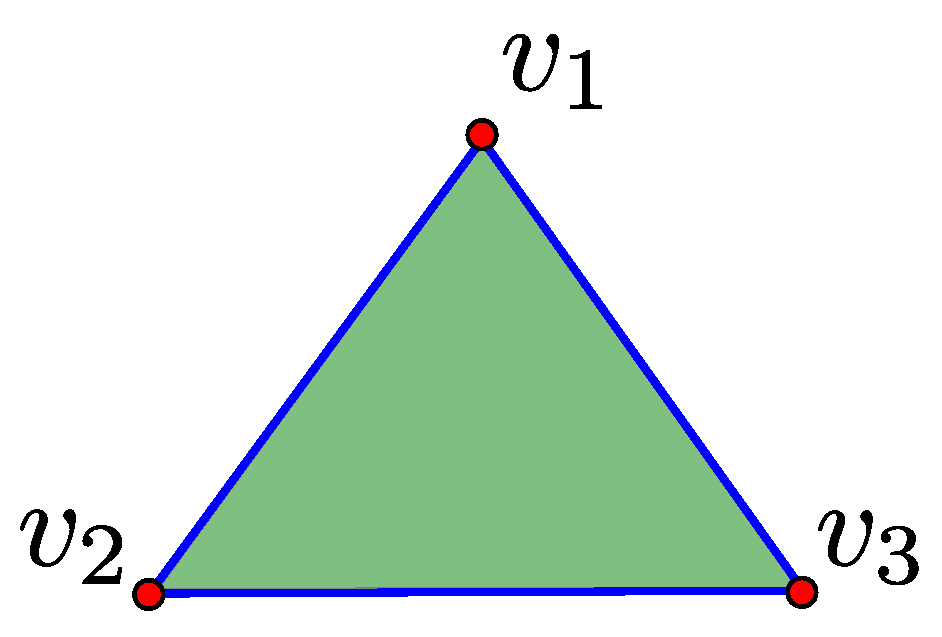



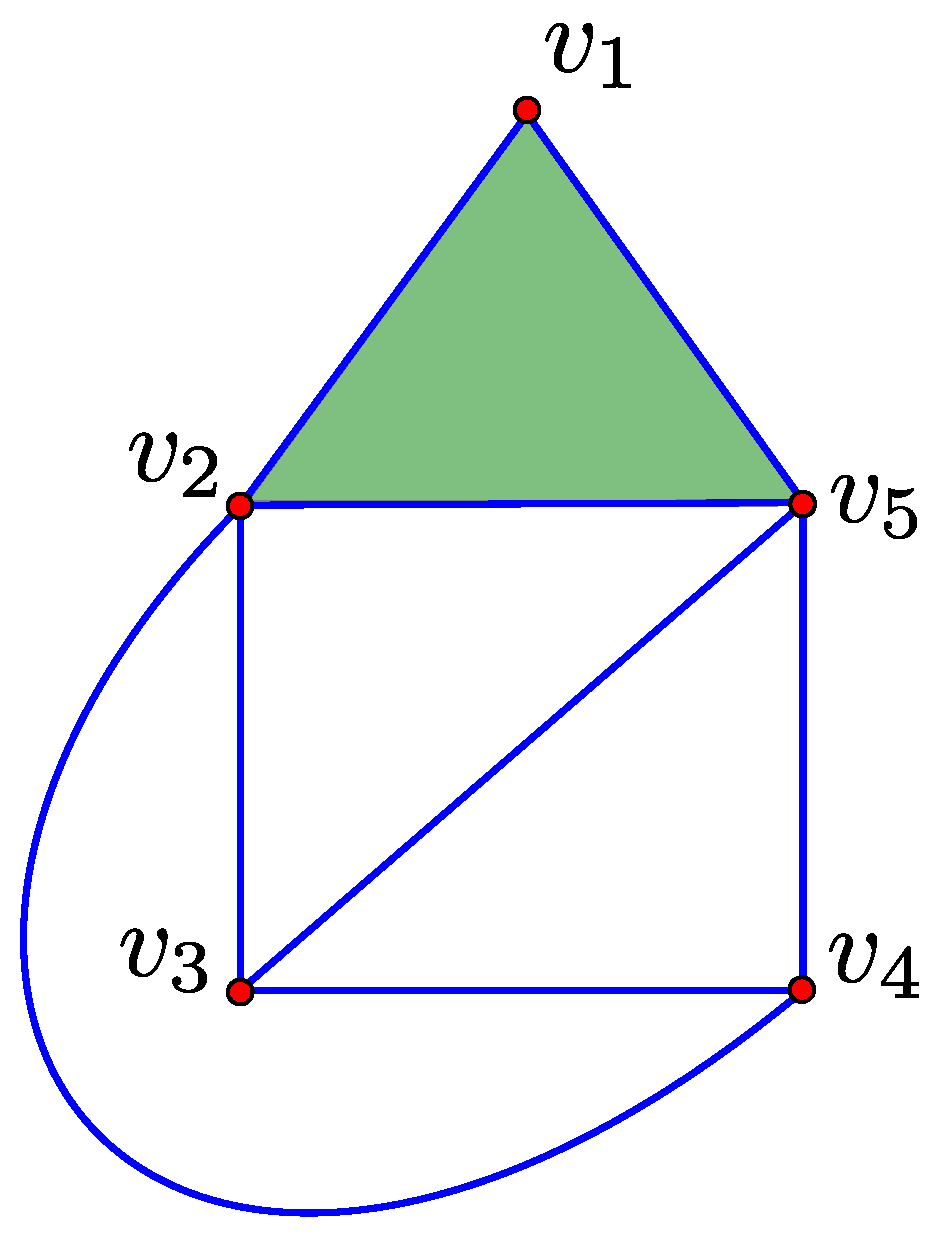
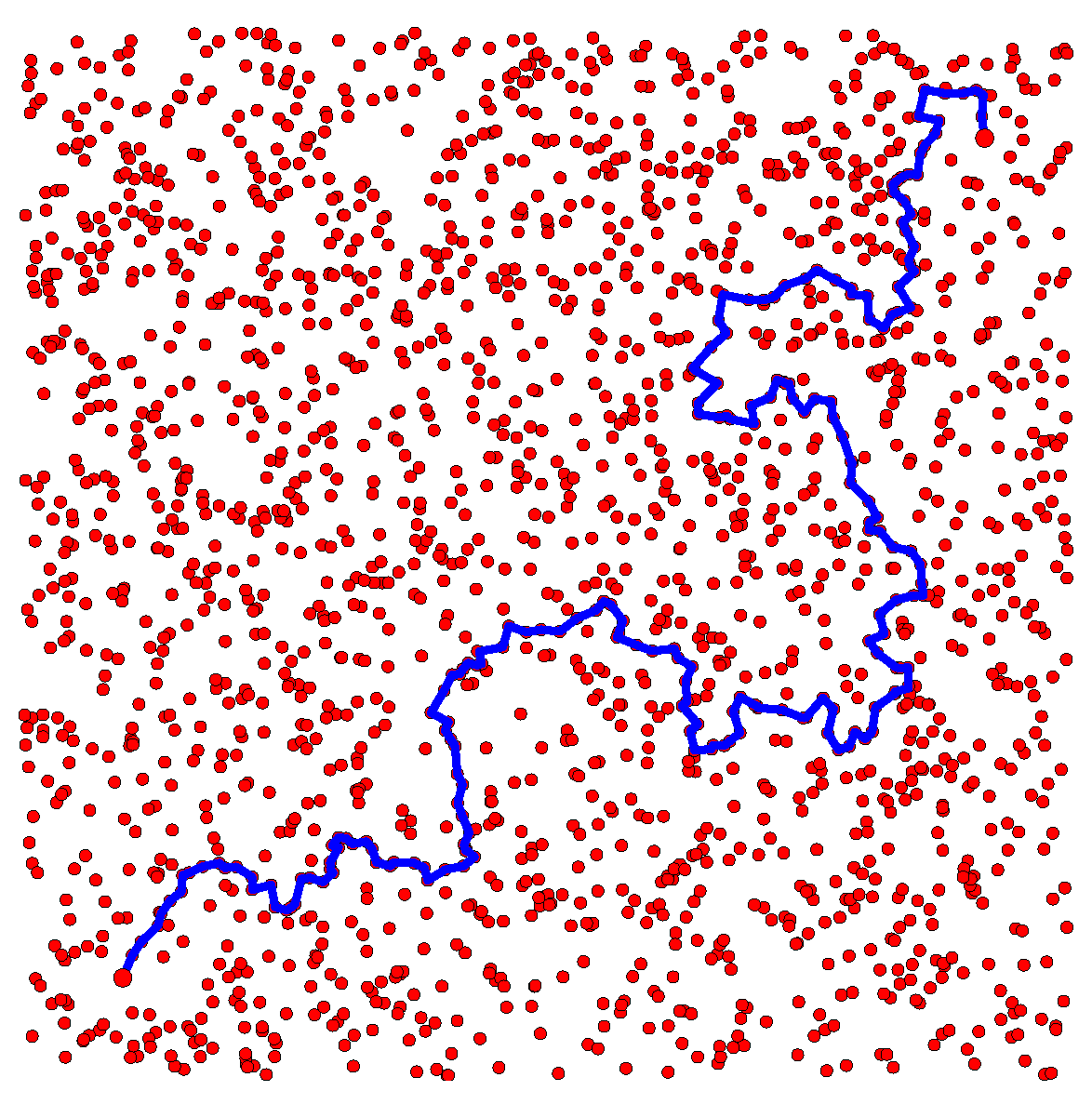
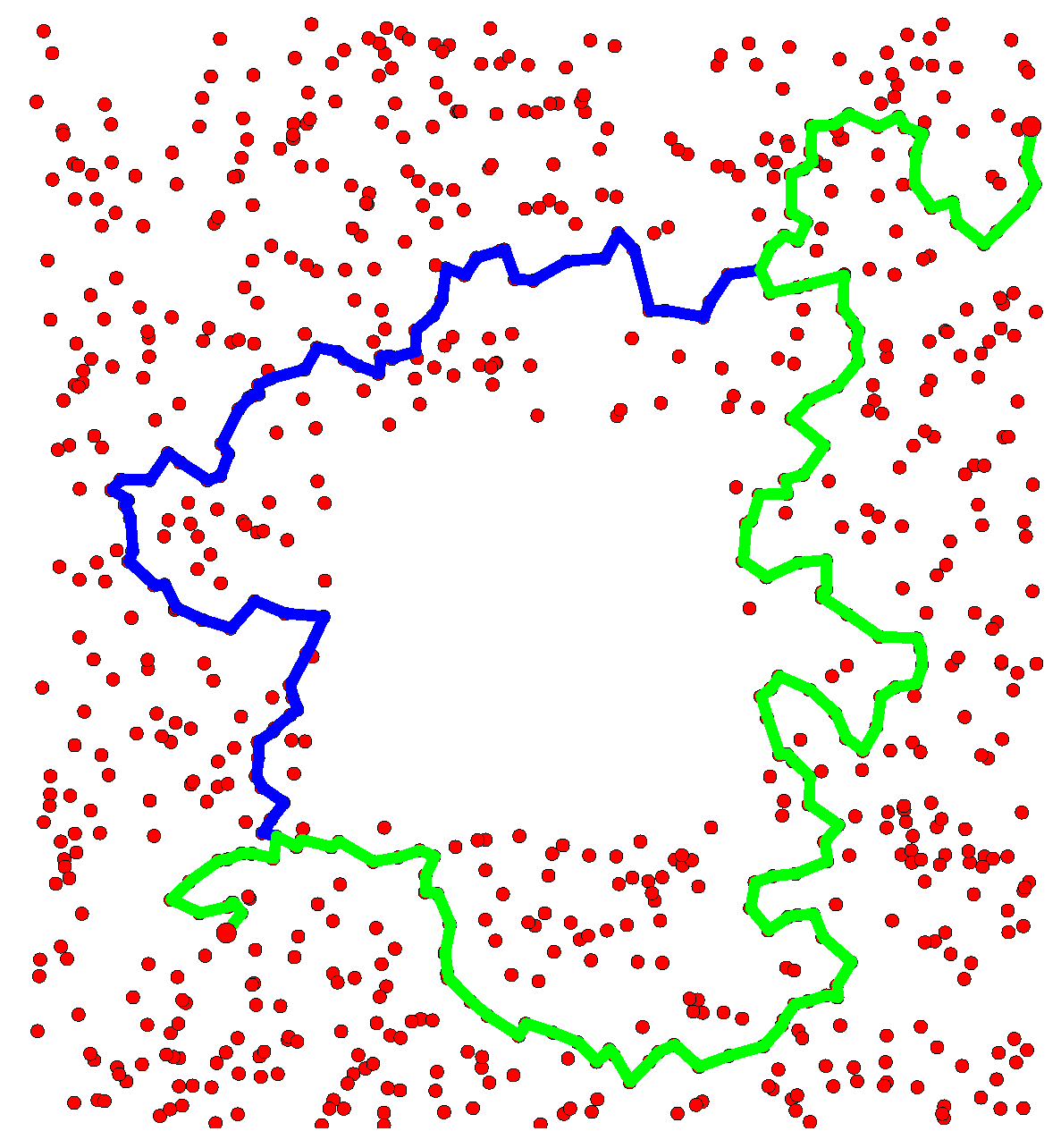
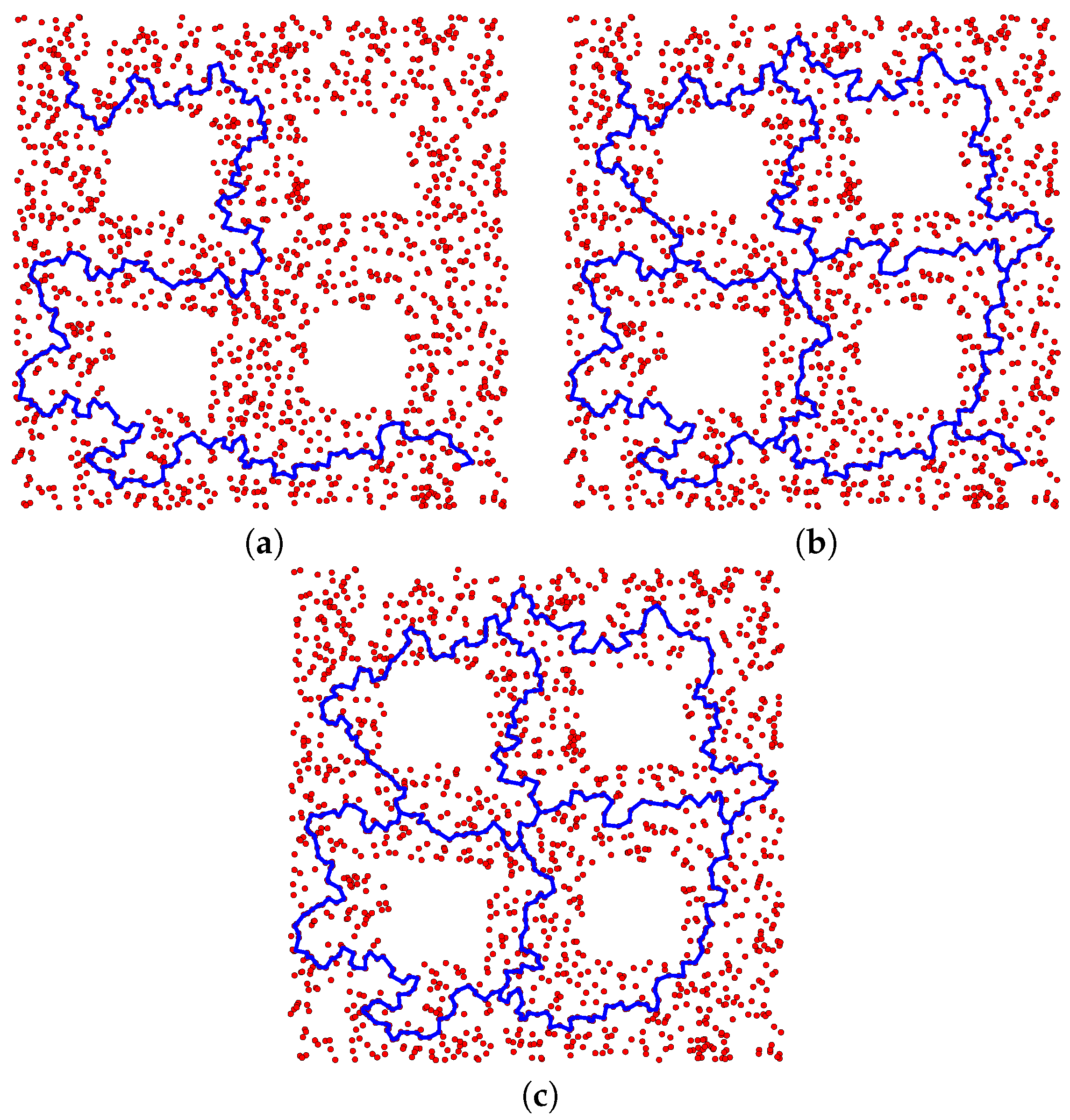


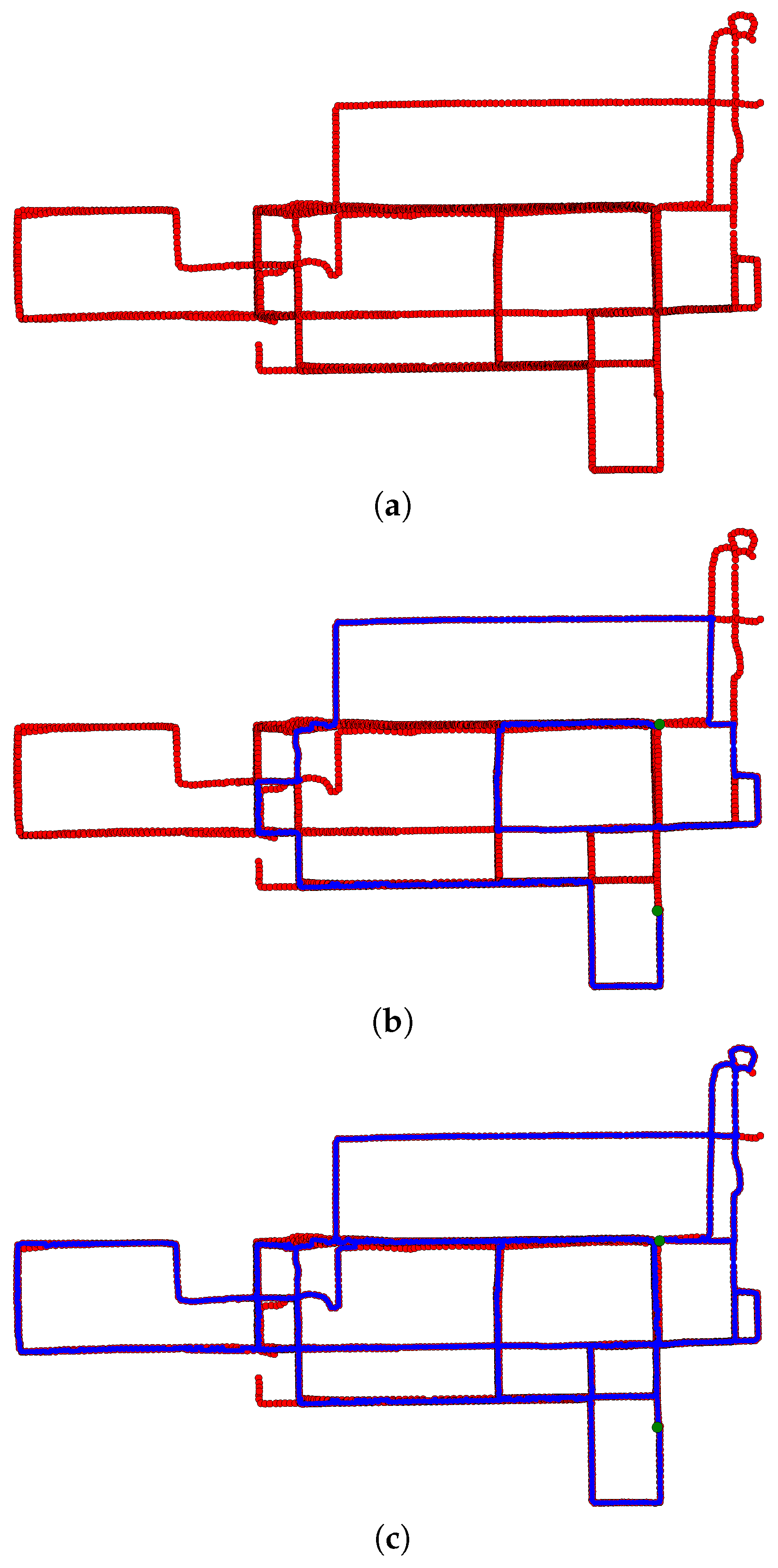
© 2016 by the author; licensee MDPI, Basel, Switzerland. This article is an open access article distributed under the terms and conditions of the Creative Commons Attribution (CC-BY) license (http://creativecommons.org/licenses/by/4.0/).
Share and Cite
Corcoran, P. Topological Path Planning in GPS Trajectory Data. Sensors 2016, 16, 2203. https://doi.org/10.3390/s16122203
Corcoran P. Topological Path Planning in GPS Trajectory Data. Sensors. 2016; 16(12):2203. https://doi.org/10.3390/s16122203
Chicago/Turabian StyleCorcoran, Padraig. 2016. "Topological Path Planning in GPS Trajectory Data" Sensors 16, no. 12: 2203. https://doi.org/10.3390/s16122203




